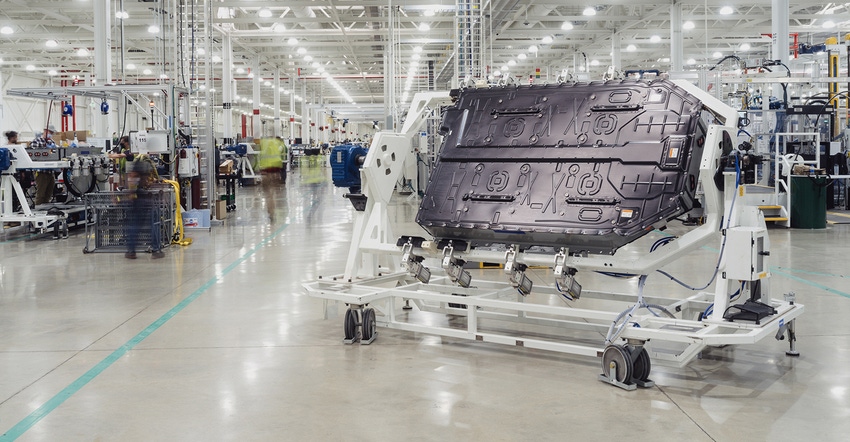Rivian's EV Layoffs: Q3 Shifts and Impact on Battery Team
Explore Rivian's Q3 shifts and the impact on the battery team in the dynamic electric vehicle sector landscape.

Accompanied by significant shifts in the electric vehicle (EV) sector, a notable development has emerged. Rivian Automotive Inc. has reportedly laid off around 20 employees, including key members from its long-range battery cell development team, such as Victor Prajapati, Senior Director of Cell Engineering. This move comes amid broader economic challenges faced by companies in the EV sector, exemplified by the recent restructuring efforts and budget cuts seen in other companies like Ford and Our Next Energy, which recently faced workforce reduction, too.
According to Benzinga, a Rivian spokesperson confirmed the layoff and said that the layoff affected less than 8% of the company's whole battery team. �“While we place a very high value on the cell engineering competence we have built at Rivian, we're focusing the team on R2 and its defined programs," the spokesperson said. Rivian currently sources its battery cells from South Korea’s Samsung SDI.
In its Q3 letter to shareholders, specifically under the sections for Operating Expenses and Operating Loss, Rivian reported that: “Research and development (“R&D”) expense in the third quarter of 2023 was $529M, as compared to $452M in the same period last year. The increase was primarily due to a $52M increase in engineering, design, and development costs for future technologies and other related project costs and a $19 million increase in depreciation and amortization expenses.” Despite this, the company recently cut approximately 8% of its battery staff, signaling strategic adjustments amid financial considerations.
Layoffs by different companies, predominantly targeting the research and development team dedicated to future battery technologies, raise questions about the current state of the EV industry. As these companies navigate the industry's complications, these strategic adjustments highlight the broader challenges automotive players face in adapting to the rapidly changing landscape of electric mobility.
About the Author(s)
You May Also Like





